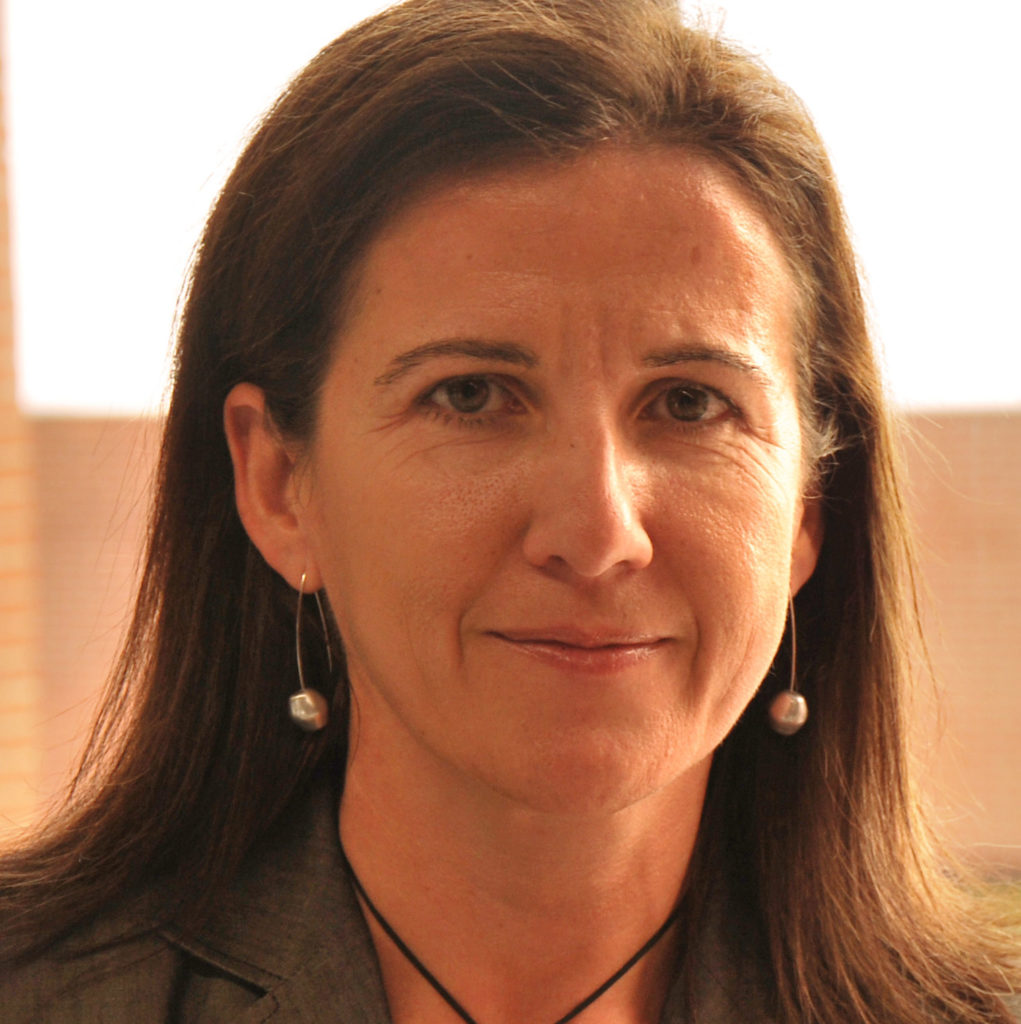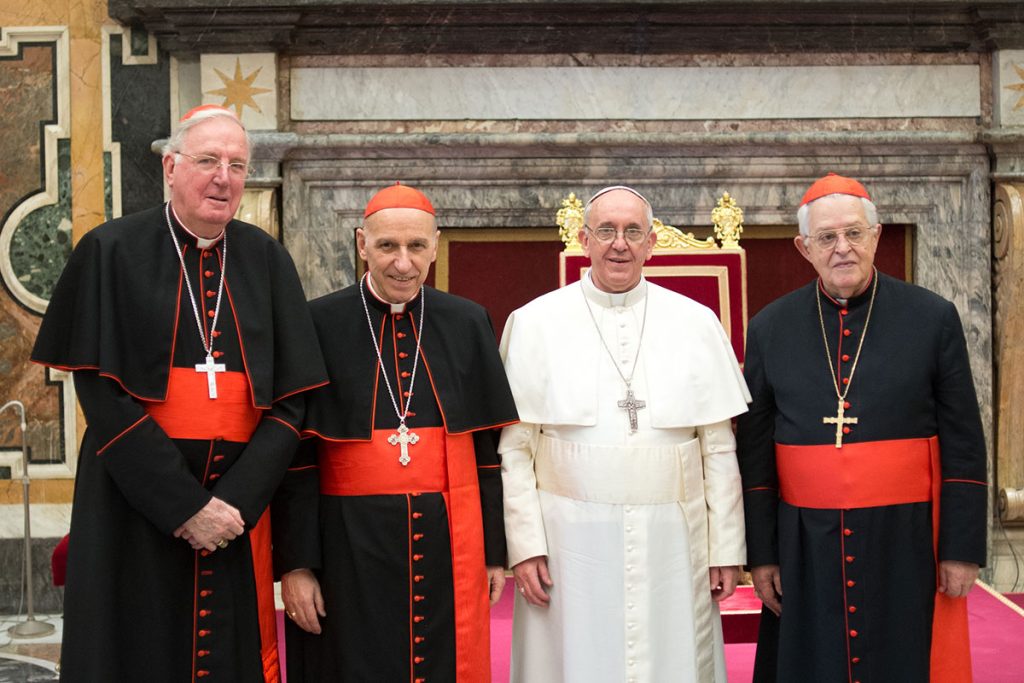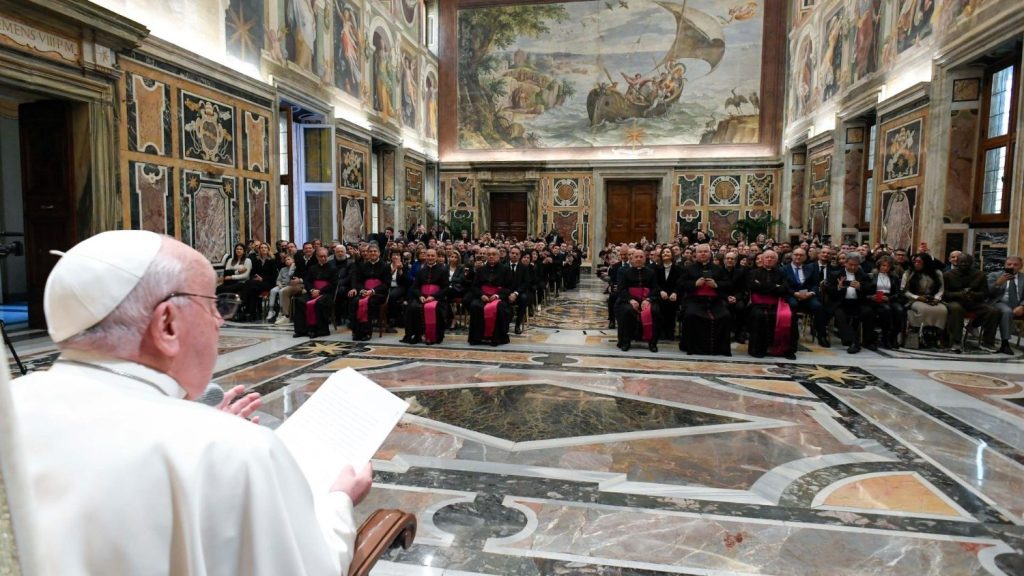
Montserrat Gas-Aixendri is a full professor of law and religion at Universitat Internacional de Catalunya (Barcelona, Spain).
From his election in 2013, Pope Francis ushered in one of the most transformative periods in the Catholic Church’s recent history. His pontificate, characterized by prophetic gestures and bold decisions, was accompanied by an intense wave of legislative activity. Deep reforms—both structural and pastoral—shaped these years, projecting an image of a Church that was more proximate, synodal, and committed to transparency and justice.
In the juridical domain, Francis initiated an extraordinary normative output, remarkable both for its volume and for the urgency with which many of these norms were promulgated. This moment represented a true “legislative spring,” in which canon law was mobilized as an instrument of ecclesial reform. Nonetheless, this normative abundance was not without tensions, technical shortcomings, and internal contradictions. These challenges have invited a constructive and forward-looking reflection on the evolving role of canon law within the current context of ecclesial transformation.
Synodality, Transparency, and the Fight Against Corruption
One of Pope Francis’s most significant contributions was his commitment to the institutional renewal envisioned by the Second Vatican Council and decisively promoted by his predecessors, Saint John Paul II and Benedict XVI. Francis advanced a profound reform of the Roman Curia through the apostolic constitution Praedicate Evangelium (2022), placing the Church’s missionary mandate at the heart of its governance and fostering greater involvement of the laity in its governing structures. For the first time, laypersons—particularly women—were appointed to positions of authority within the Roman Curia, marking a paradigmatic shift in ecclesial praxis. Notably, this development took place without undermining any theological principles that were traditionally seen as obstacles, such as the reservation of priestly ordination to men and the debated relationship between the power of governance (potestas regiminis) and the sacred power conferred through the sacrament of Holy Orders (potestas sacra).[1]

Synodality—understood as “walking together,” from the Greek syn (together) and hodos (way)—was a foundational pillar of Pope Francis’ Petrine ministry. In 2013, he established the Council of Cardinals, initially tasked with assisting in the reform of the Roman Curia. This body was thereafter renewed and constituted a stable group of close collaborators who assisted the Holy Father in the governance of the universal Church.
Pope Francis sought to promote a model of Church grounded in listening, consultation, and the active participation of the People of God in ecclesial decision-making. This methodology created space to address significant issues affecting the life of the Church, drawing it closer to the concrete concerns and lived realities of the faithful.
Within this framework, the so-called “Synod on Synodality”—launched in 2021—represented a landmark in Church history. It actively involved laypeople, consecrated persons religious, and bishops in a global process of listening and discernment. Following the first session of the XVI Ordinary General Assembly of the Synod of Bishops in October 2023, a second session was held in October 2024, culminating in the promulgation of the document For a Synodal Church: Communion, Participation, Mission, approved by Pope Francis. This document provided guidance for local Churches to implement coherent pastoral responses that foster unity while respecting cultural diversity. Furthermore, an itinerary for ongoing accompaniment and evaluation was approved, leading toward what will no longer be simply another Synod of Bishops but rather an Ecclesial Assembly—an organism whose juridical form remains to be defined—scheduled for October 2028.
Pope Francis also strongly promoted greater financial transparency, actively combatting internal corruption and advocating for the ethical stewardship of the Church’s temporal goods. In this context, he strengthened mechanisms of economic oversight. The establishment of bodies such as the Secretariat for the Economy and the Office of the Auditor General, along with the promulgation of new regulations on public procurement and financial accountability, clearly reflected an effort to modernize Vatican financial structures and bring them into alignment with international standards of good governance.
Nonetheless, this reforming impulse was not without tensions and controversy. Despite his firm commitment to institutional reform, the first Prefect of the Secretariat for the Economy, Cardinal George Pell, encountered significant internal resistance in pursuing these changes. The 2017 dismissal of Libero Milone, the first Auditor General of the Vatican—appointed precisely to support the reform process—was another controversial episode. Milone claimed he was forced to resign after uncovering high-level irregularities, and he publicly denounced the lack of procedural safeguards ensuring the independence of his office. The situation generated widespread concern among observers and experts in institutional governance, particularly when contrasted with official discourse on transparency.

Another emblematic case in this context is that of Cardinal Angelo Becciu, implicated in a complex scheme involving real estate investments funded by donations intended for charitable purposes. In 2020, Pope Francis stripped him of his cardinalatial prerogatives and subjected him to a Vatican criminal trial—an unprecedented measure in recent Church history. While the trial was presented as evidence of a zero-tolerance approach to corruption, it also drew criticism for alleged procedural irregularities and for a perceived lack of transparency in the handling of the case.[2]
Bold Criminal Reform . . . with Some Shadows
In criminal matters, Pope Francis took decisive steps to eradicate the plague of sexual abuse within the Church. The promulgation of the Motu Proprio Vos estis lux mundi (2019) and the reform of Book VI of the Code of Canon Law were concrete gestures that responded to the urgent need for justice for the victims and institutional credibility. These regulations established more rigorous procedures to investigate and punish those responsible, including bishops.
However, the application of these reforms revealed certain inconsistencies. One of the most controversial cases was that of Gustavo Zanchetta, an Argentine bishop close to the Pope who was appointed as an advisor in the Vatican administration while being investigated for, and eventually convicted of, sexual abuse in his country. There is no record of his undergoing any canonical process or receiving any ecclesiastical sanction, which openly contradicts the “zero tolerance” principles promoted by the Pontiff himself.
The handling of the case of Slovenian Jesuit Marko Rupnik, accused of serious abuses against several nuns, sparked a similar wave of criticism both within and outside the Church, highlighting a lack of transparency and questionable management of the matter. Also questioned were practices such as the retroactive imputation of crimes or the application of penalties without fully respecting fundamental legal principles, such as the presumption of innocence. Cases such as Cuatrecasas v. Martínez in Spain reopened the debate on the legality and justice of certain canonical disciplinary procedures.
These cases reflect the tensions between the intention of reforms and structural resistance. They also highlight the need to ensure, in addition to new laws and bodies, clear, impartial, and transparent procedures that protect both the institutional good and the individual rights of those involved in these processes.
Law as a Guarantee of Justice and Not Merely a Tool for Political Reform
The normative activity of Pope Francis’s pontificate also raised questions about the technical quality of the current universal Canon Law. A paradigm shift was perceived: from traditional, clear, and organic codification to a model characterized by fragmented, provisional, and often technically imperfect norms.
This phenomenon—described by some canonists as “legislative hypertrophy”[3]—was facilitated by procedures that were sometimes opaque. The creation of many norms was entrusted to small groups of experts, appointed intuitu personae (in consideration of the person), without a clear criterion of academic or legal authority. The secrecy surrounding their identities and the preparatory work hindered the necessary quality control required by legislation with a universal and enduring purpose.
It is somewhat paradoxical that principles such as transparency and synodality, which were strongly promoted on the pastoral level, were not always reflected in the realm of normative activity. The lack of consultation with bishops—even on reforms as significant as the new matrimonial process, approved just before the Synod on the Family, or the reform of Book VI of the Code of Canon Law—called into question the coherence of the synodal model in its legal dimension.
The Church’s Canon Law should not be perceived solely as a tool for implementing reforms but as the primary guarantor of justice. Procedures—far from being empty formalities—are the means through which justice is ensured, the normative hierarchy is upheld, and, above all, the rights of the faithful are effectively protected.

The Dicastery for the Legislative Texts, in practice, has been relegated to almost honorary functions, reflecting what seems to be a certain loss of appreciation for canonical science in the last decade. However, if law disappears as a guarantor of justice, reform could be reduced to political decisions, no matter how well-intentioned they may be.
The Church is going through a time when every gesture is scrutinized, every norm is examined under a magnifying glass, and every inconsistency is highlighted. In this context, it is essential to strengthen a genuine ecclesial legal culture. This requires reclaiming the centrality of law as a tool for communion, justice, and mission. It is not about positivist formalism but about ensuring that reforms are aimed at safeguarding the rights of all and the salvation of souls (salus animarum).
Pope Francis opened new and bold paths. However, these paths must now be “paved” with just norms, well-crafted and applied with equity. Only then can the Church be, including in its normative dimension, a beacon of truth, justice, and hope for the world.
References:
[1] See John M. Huels, The Power of Governance and Its Exercise by Lay Persons: A Juridical Approach, 35(1) Studia Canonica 59, 59–96 (2001).
[2] A legal analysis of the process can be found in Geraldina Boni, Manuel Ganarin & Alberto Tomer, Il «processo Becciu». Un’ analisi critica (Marietti1820 2025).
[3] Geraldina Boni, La recente attività normativa ecclesiale: finis terrae per lo ius canonicum? (Mucchi Editore 2021).
